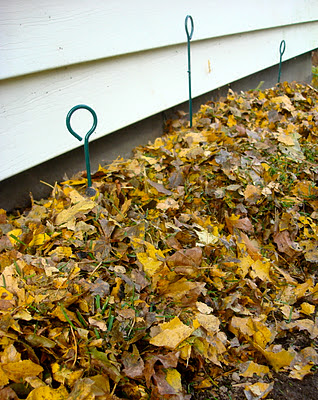The goldenrod may have died back and the maple leaves shed, but there is still a wealth of gold in the garden.
Fronds of soft needle-leaved Amsonia hubrichtii are waving in the fall breezes. This plant has benefited tremendously from being moved to a sunnier spot (even though it took its transplanting hard and slow) and being sheared to 10 inches after spring blooming.
A male American holly Ilex opaca is sporting jaunty yellow berries. The Ilex ladies next to him don't care that he is a ill-shaped shambling wreck as long as he has the goods.
Happily established on our front stairs, volunteers of "Dakota Gold" helenium are welcome interlopers. I like them better than the potted mums that are our (snore) official flower display.
And, inside, it's all amber, yellow, and ochre. Let's call it golden and say thanks!
Fronds of soft needle-leaved Amsonia hubrichtii are waving in the fall breezes. This plant has benefited tremendously from being moved to a sunnier spot (even though it took its transplanting hard and slow) and being sheared to 10 inches after spring blooming.
A male American holly Ilex opaca is sporting jaunty yellow berries. The Ilex ladies next to him don't care that he is a ill-shaped shambling wreck as long as he has the goods.
Happily established on our front stairs, volunteers of "Dakota Gold" helenium are welcome interlopers. I like them better than the potted mums that are our (snore) official flower display.
And, inside, it's all amber, yellow, and ochre. Let's call it golden and say thanks!











